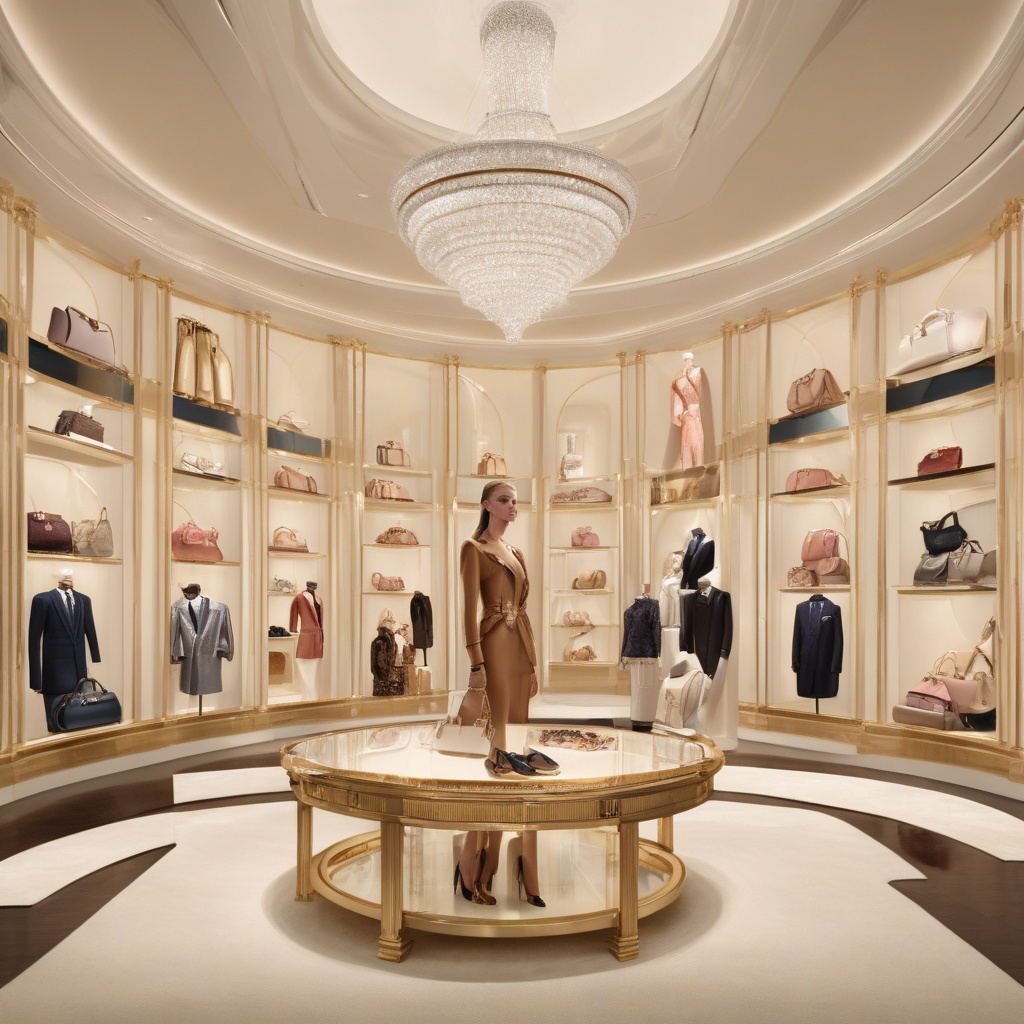How Luxury Brands Court the 1 Percent
In the ever-competitive landscape of retail, luxury brands are increasingly focusing their efforts on a specific demographic: the wealthy elite, commonly referred to as Very Important Clients (VICs). As the world slowly emerges from the constraints of the Covid-19 pandemic, these affluent consumers are not just seeking exclusive products; they are craving elaborate experiences that resonate with their elevated lifestyles. This article explores the strategies luxury brands are deploying to attract and retain the attention of this lucrative market segment.
The pandemic has profoundly altered consumer behavior, particularly among the wealthy. With travel restrictions easing and social activities resuming, VICs are eager to indulge in high-end purchases that reflect their status. According to recent market research, luxury spending is projected to rise significantly in the post-Covid era, with brands recognizing the urgent need to cater to these consumers’ desires. For instance, McKinsey & Company reports that the global luxury market could grow by up to 10% annually in the next few years, driven largely by the purchasing power of the elite.
Luxury brands are not merely selling products; they are curating experiences that resonate with VICs on multiple levels. Take, for instance, brands like Louis Vuitton and Gucci, which have successfully transformed their retail spaces into immersive environments. These stores are no longer just places to make a purchase; they are carefully designed to evoke emotions and create lasting memories. By incorporating elements such as art installations, exclusive events, and bespoke services, these brands are elevating the shopping experience to new heights, ensuring that every visit feels unique and special.
One notable strategy employed by luxury brands is personalization. Today’s affluent consumers expect a tailored approach when it comes to their shopping experiences. Brands are leveraging advanced data analytics and customer relationship management (CRM) systems to gather insights about their clients’ preferences and behaviors. For example, Chanel has been known to invite select customers to private viewings of new collections, allowing them to experience the brand in an intimate setting. This not only strengthens customer loyalty but also fosters a sense of exclusivity that VICs highly value.
Furthermore, luxury brands are increasingly collaborating with high-profile celebrities and influencers to amplify their appeal among the wealthy. These partnerships often result in limited-edition products that are marketed as must-have items for the elite. For instance, the collaboration between Balenciaga and rapper Travis Scott created a buzz that attracted VICs eager to showcase their fashion-forward sensibilities. Such strategic alliances not only enhance brand visibility but also position the brand as a cultural leader, further enticing affluent consumers.
In addition to product offerings and marketing strategies, luxury brands are also focusing on sustainability and social responsibility. Today’s VICs are more conscious than ever about the impact their purchases have on the world. Brands like Stella McCartney have established themselves as pioneers in eco-friendly luxury fashion, appealing to consumers who want to make responsible choices without compromising on style. By aligning themselves with ethical practices, these brands are not only attracting wealthier clients but also fostering a sense of community among like-minded individuals.
Experiential luxury is also gaining traction. Brands are curating exclusive events that resonate with VICs’ lifestyles. For instance, high-end car manufacturers like Rolls-Royce and Bentley often host private driving experiences for their clients, offering them the chance to test their latest models on scenic routes. Such events not only showcase the brand’s products but also create a platform for networking among affluent individuals, reinforcing the notion that luxury is as much about connections as it is about consumption.
The rise of virtual luxury experiences cannot be overlooked either. With the pandemic accelerating digital transformation, luxury brands have adapted by creating virtual showrooms and online experiences tailored for VICs. For example, brands like Burberry have launched immersive online platforms where clients can explore new collections and even personalize products in real time. This innovative approach ensures that the luxury shopping experience remains accessible, regardless of physical location, thereby capturing the interest of a global clientele.
Moreover, the integration of technology into luxury shopping is redefining the customer experience. Augmented reality (AR) and virtual reality (VR) are becoming commonplace in high-end retail, allowing consumers to visualize products in their own environments before making a purchase. Brands like Dolce & Gabbana have experimented with AR apps that let VICs “try on” clothing virtually, merging convenience with the luxury shopping experience.
In conclusion, the strategies employed by luxury brands to court the 1 percent are diverse and multifaceted. By focusing on personalization, immersive experiences, sustainability, and innovative technology, these brands are not only meeting the demands of affluent consumers but also setting new standards in the luxury retail sector. As the post-Covid world continues to evolve, it will be exciting to see how luxury brands further adapt to capture the ever-hungry appetite of Very Important Clients.
luxurybrands, retail, affluentconsumers, experientialmarketing, luxuryshopping
